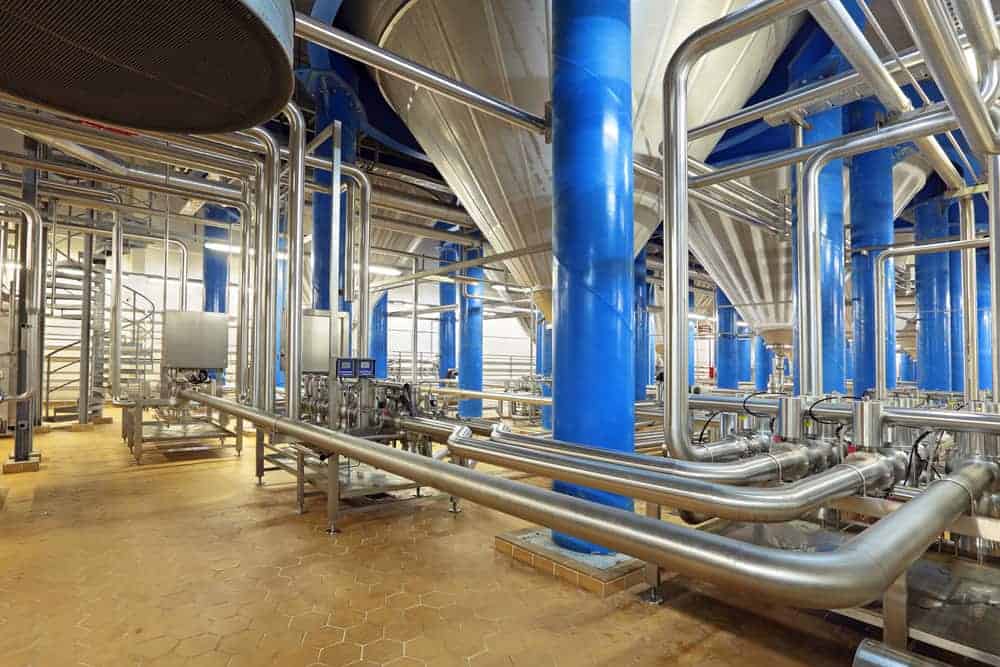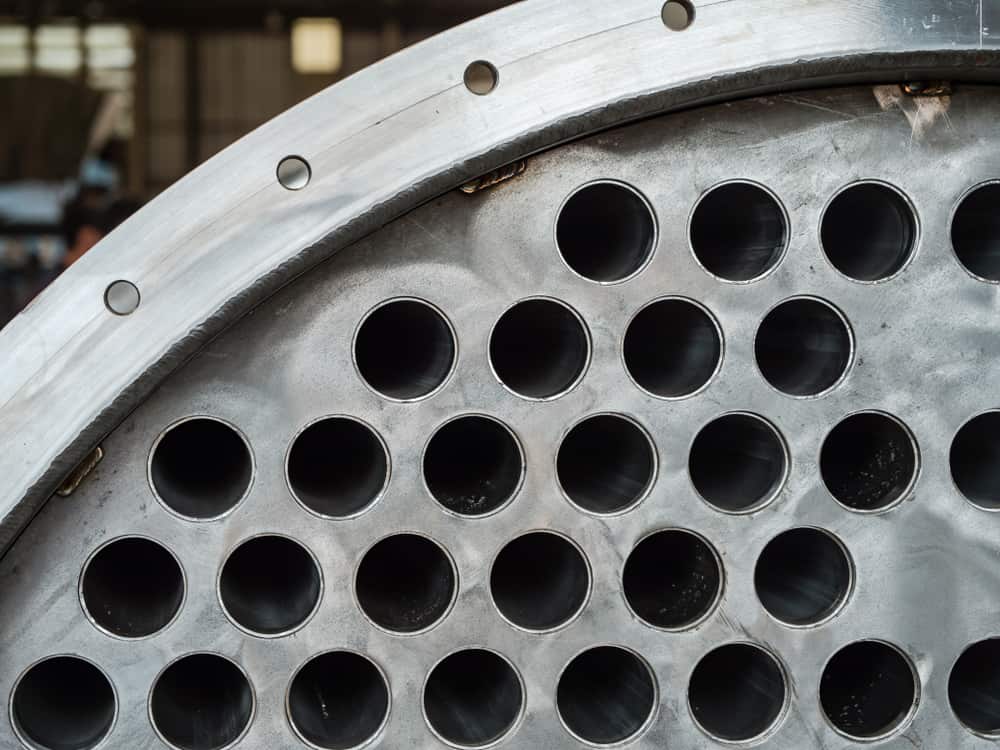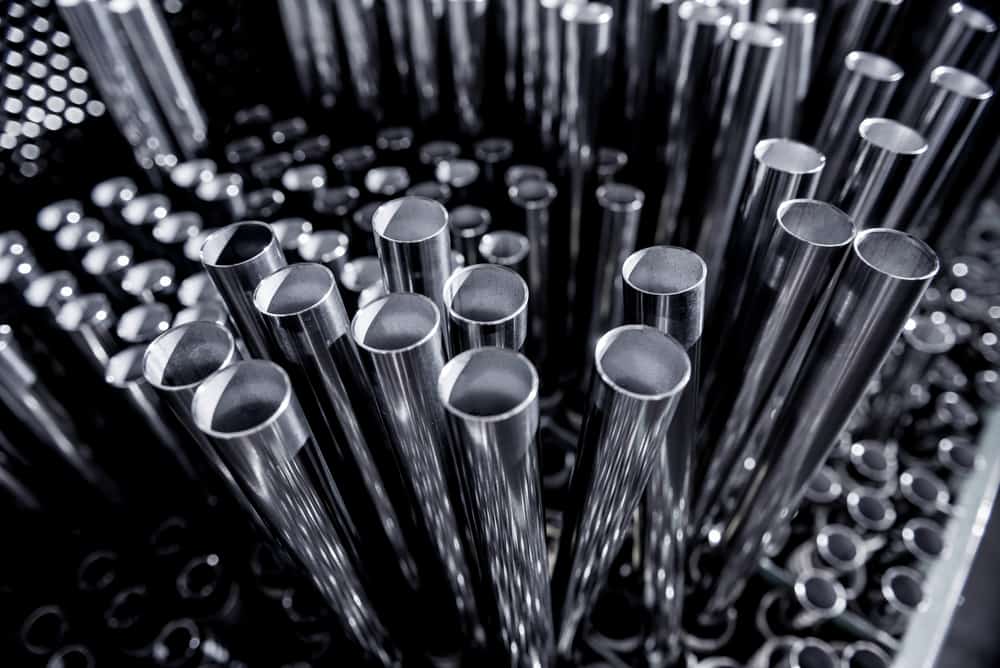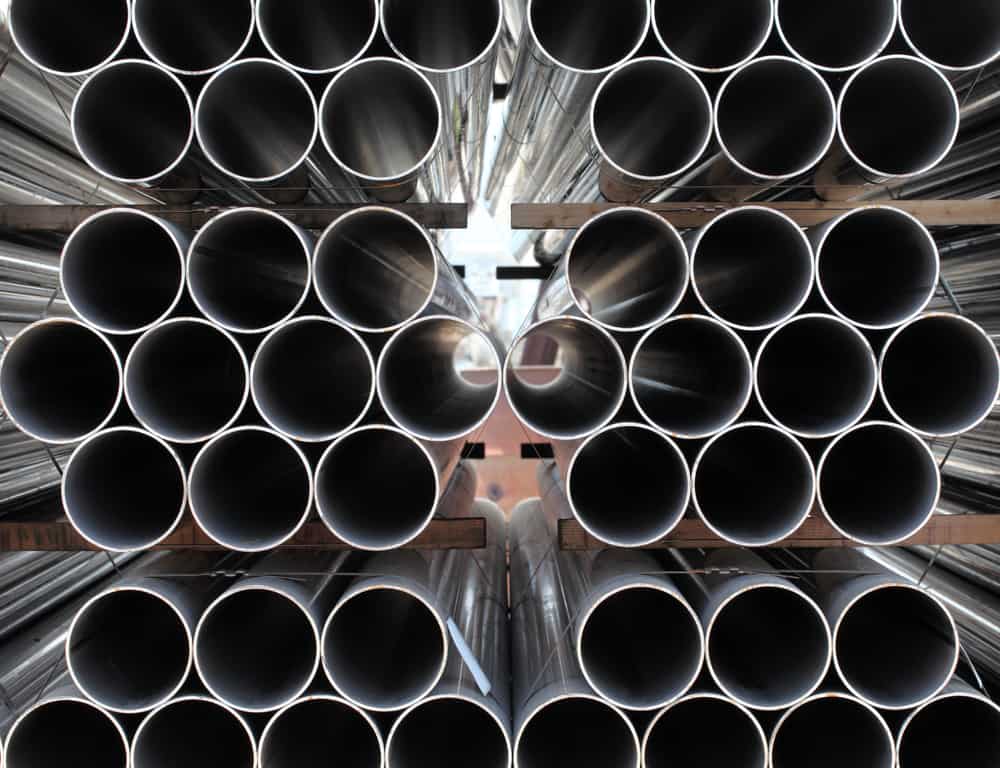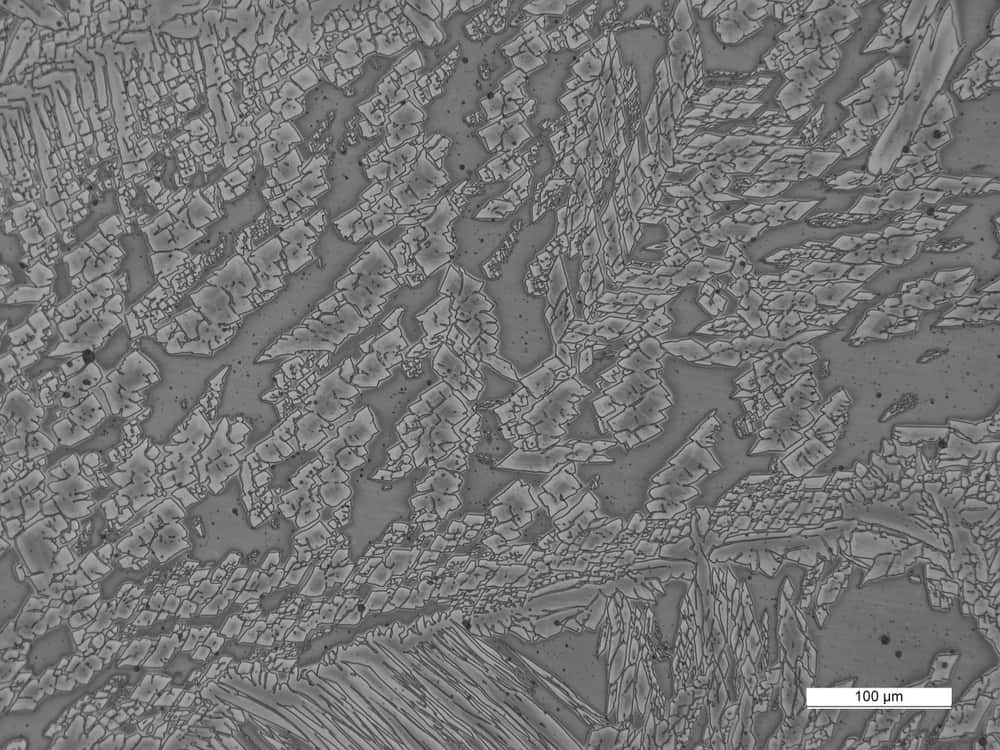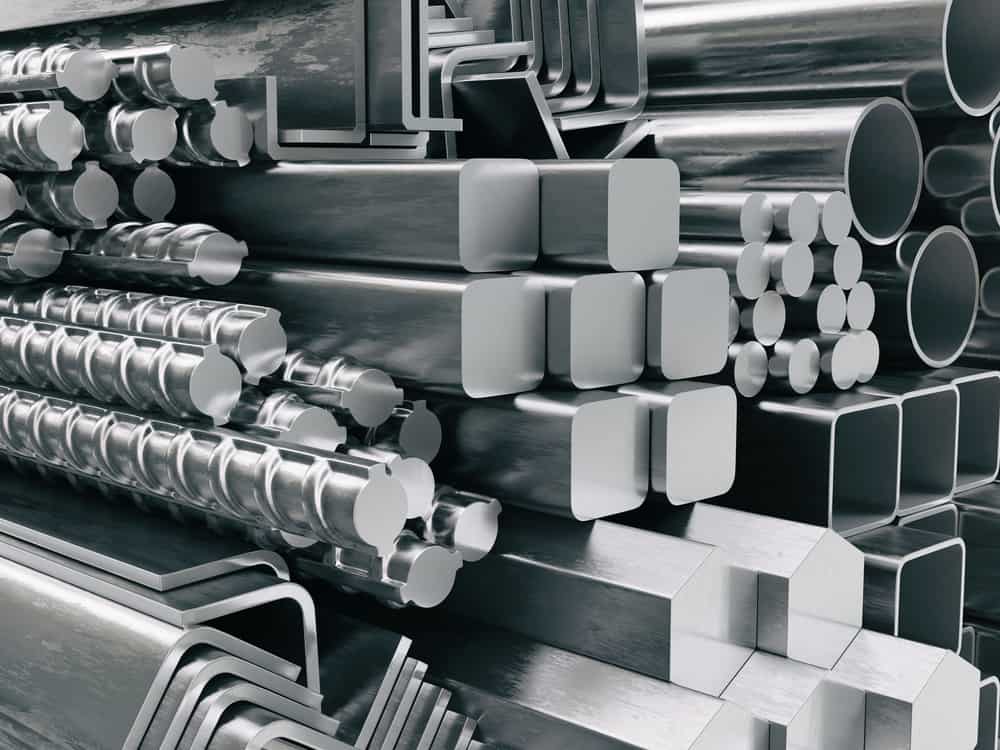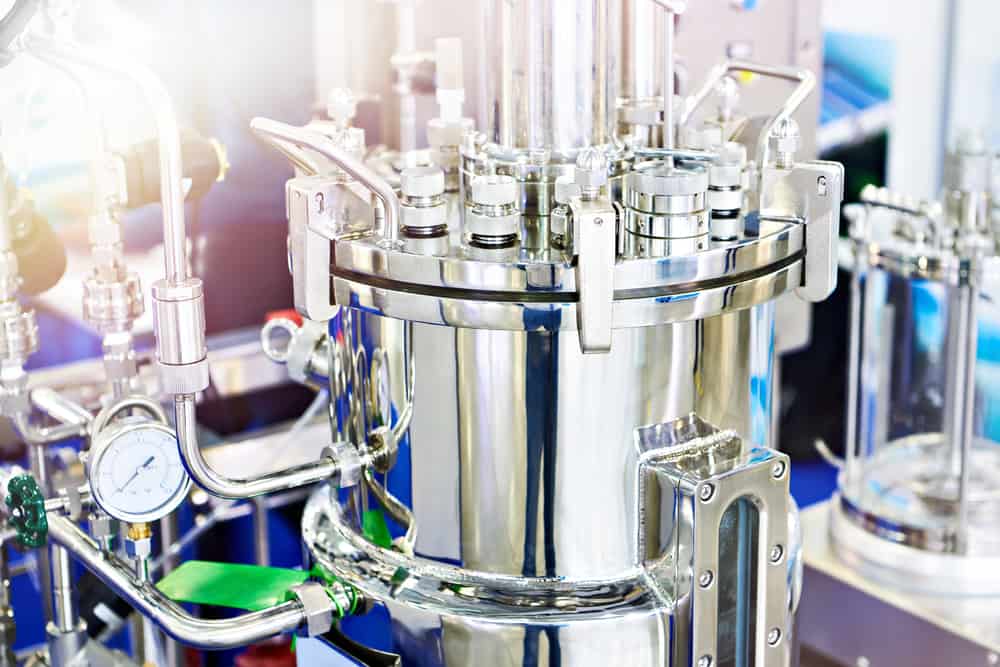
The world witnessed the pharmaceutical industry’s advance in recent years as the industry successfully developed multiple vaccines to fight the COVID-19 pandemic in less than a year. This success can be attributed to the exceptional progress of pharmaceutical research and development and technological advances in manufacturing. These technological advances can…

